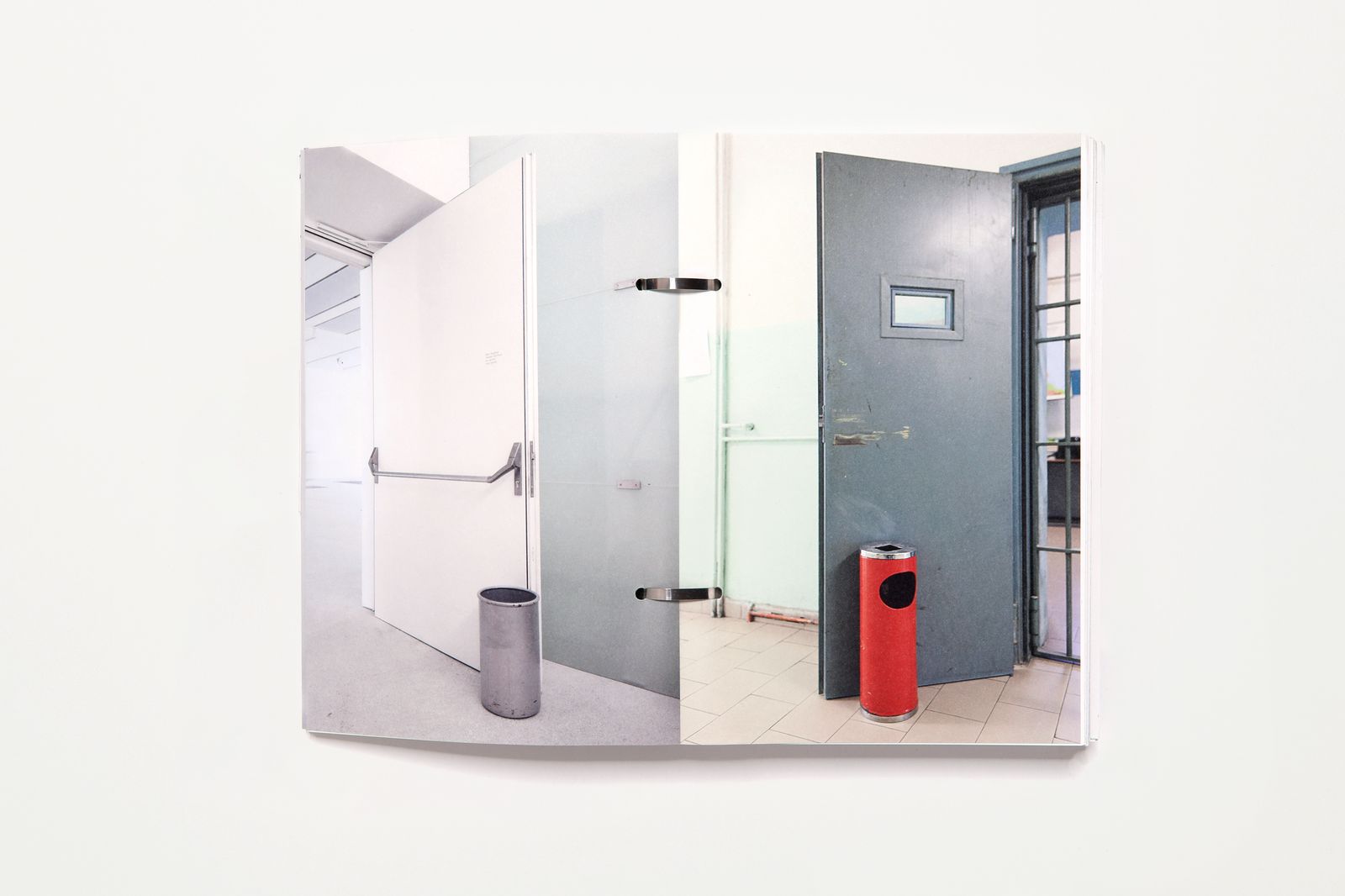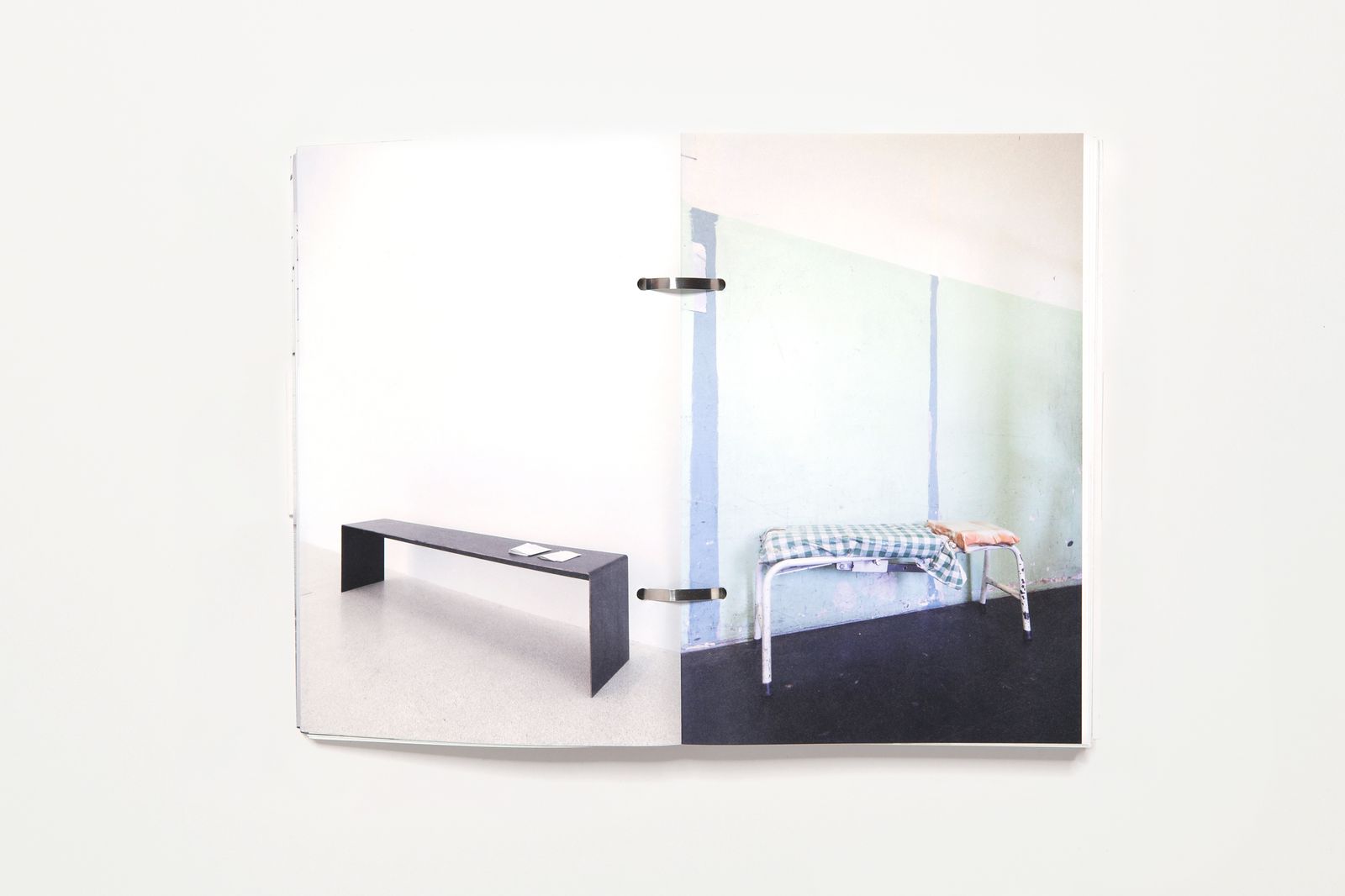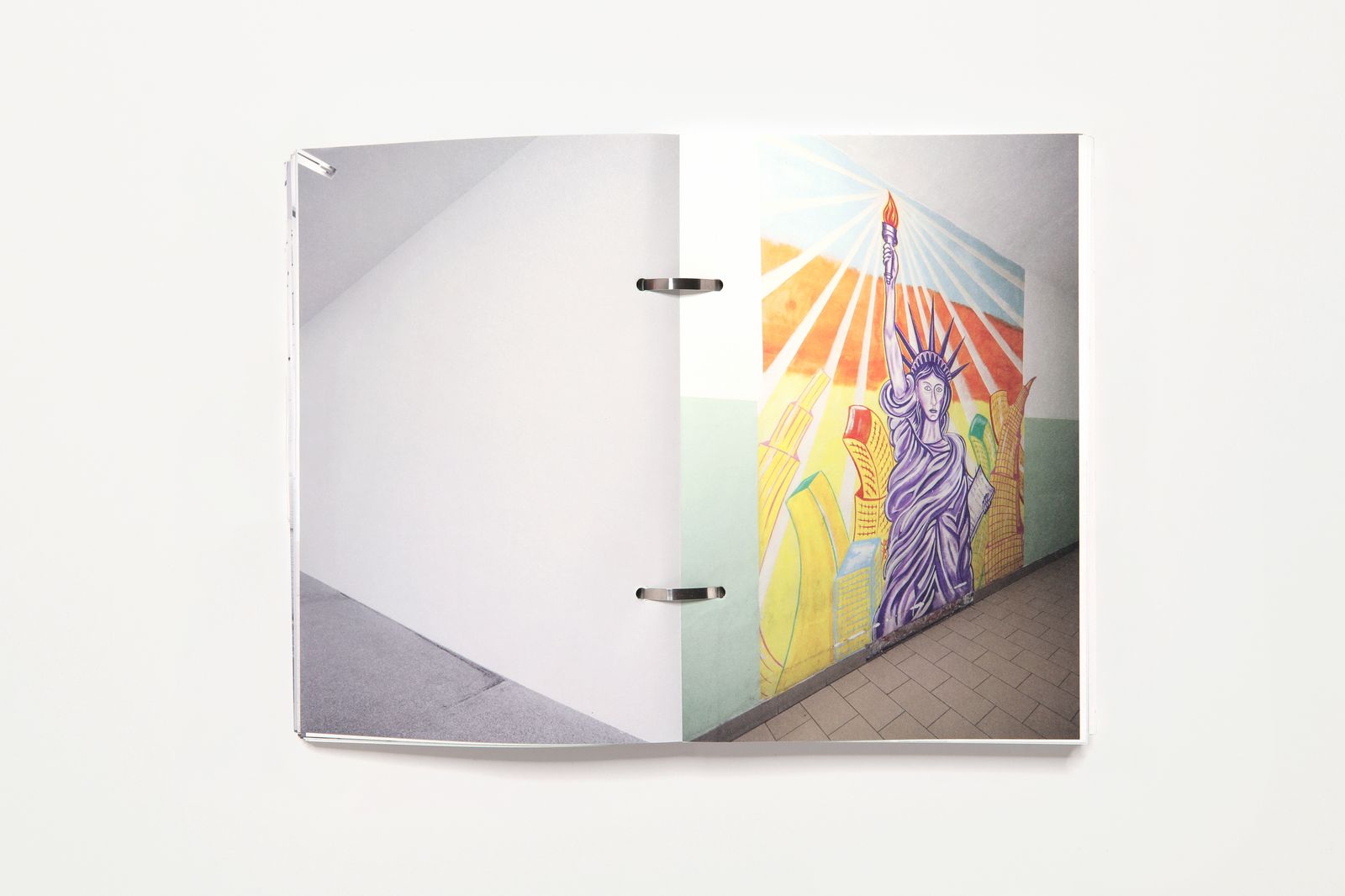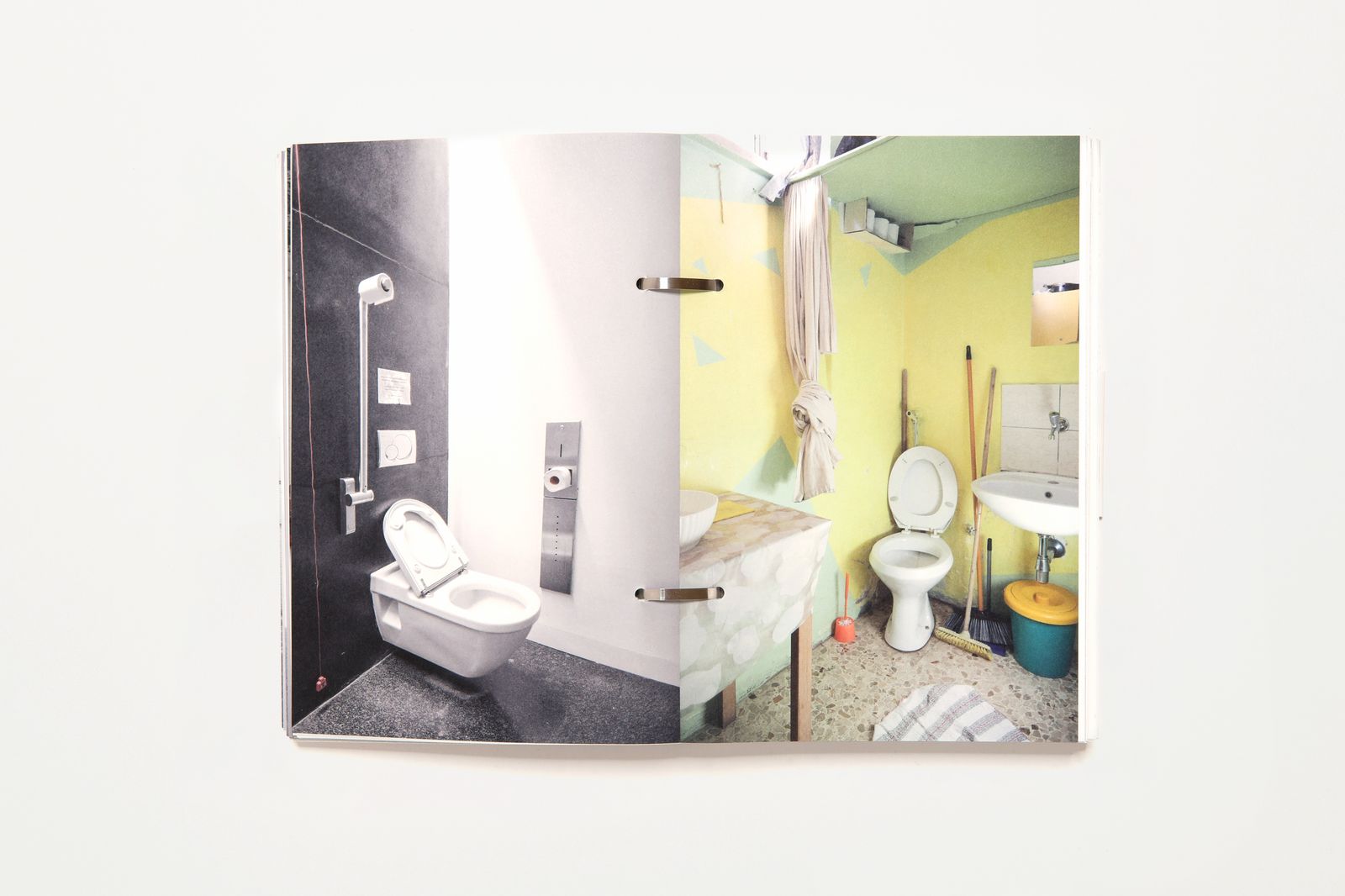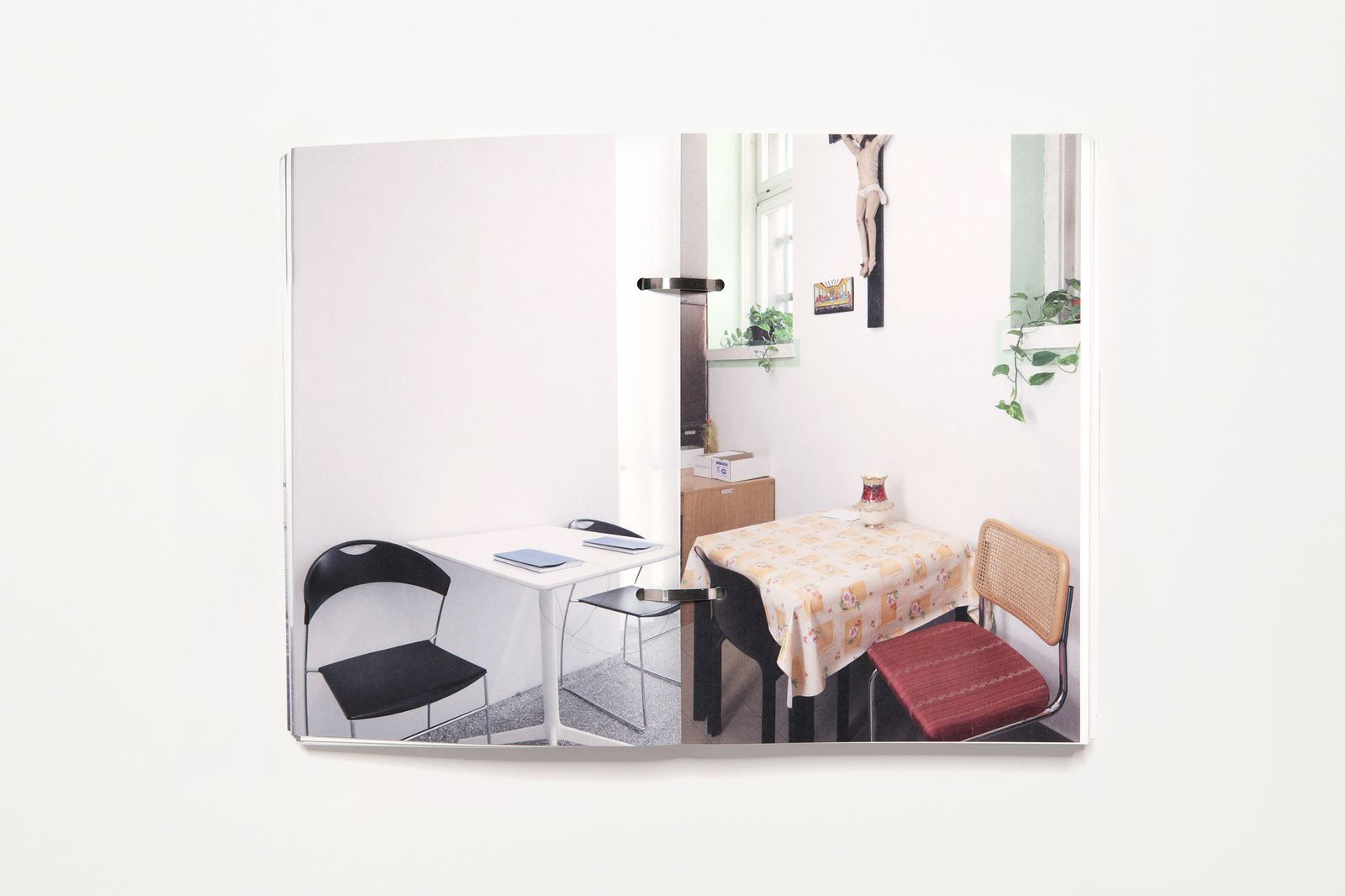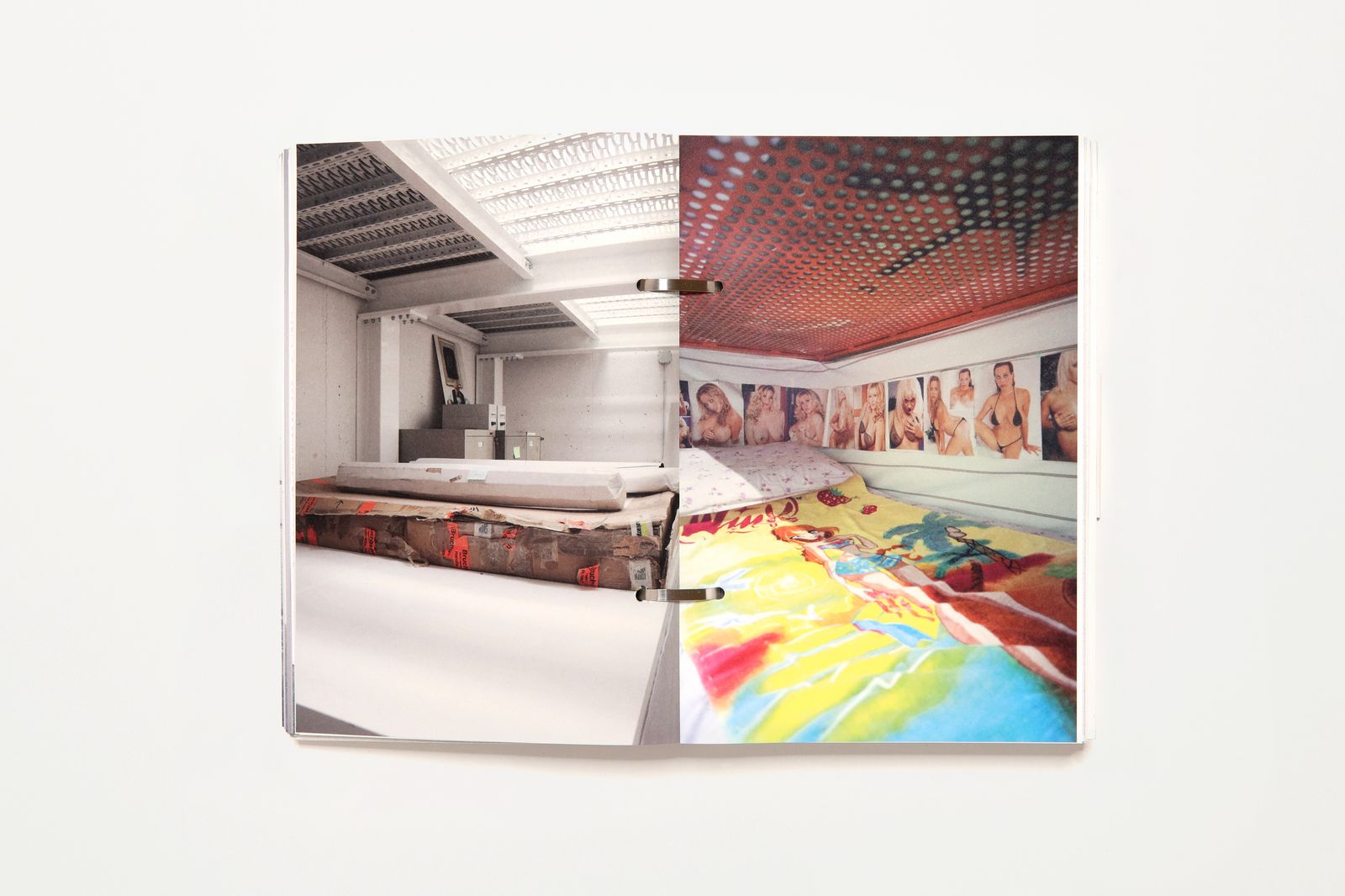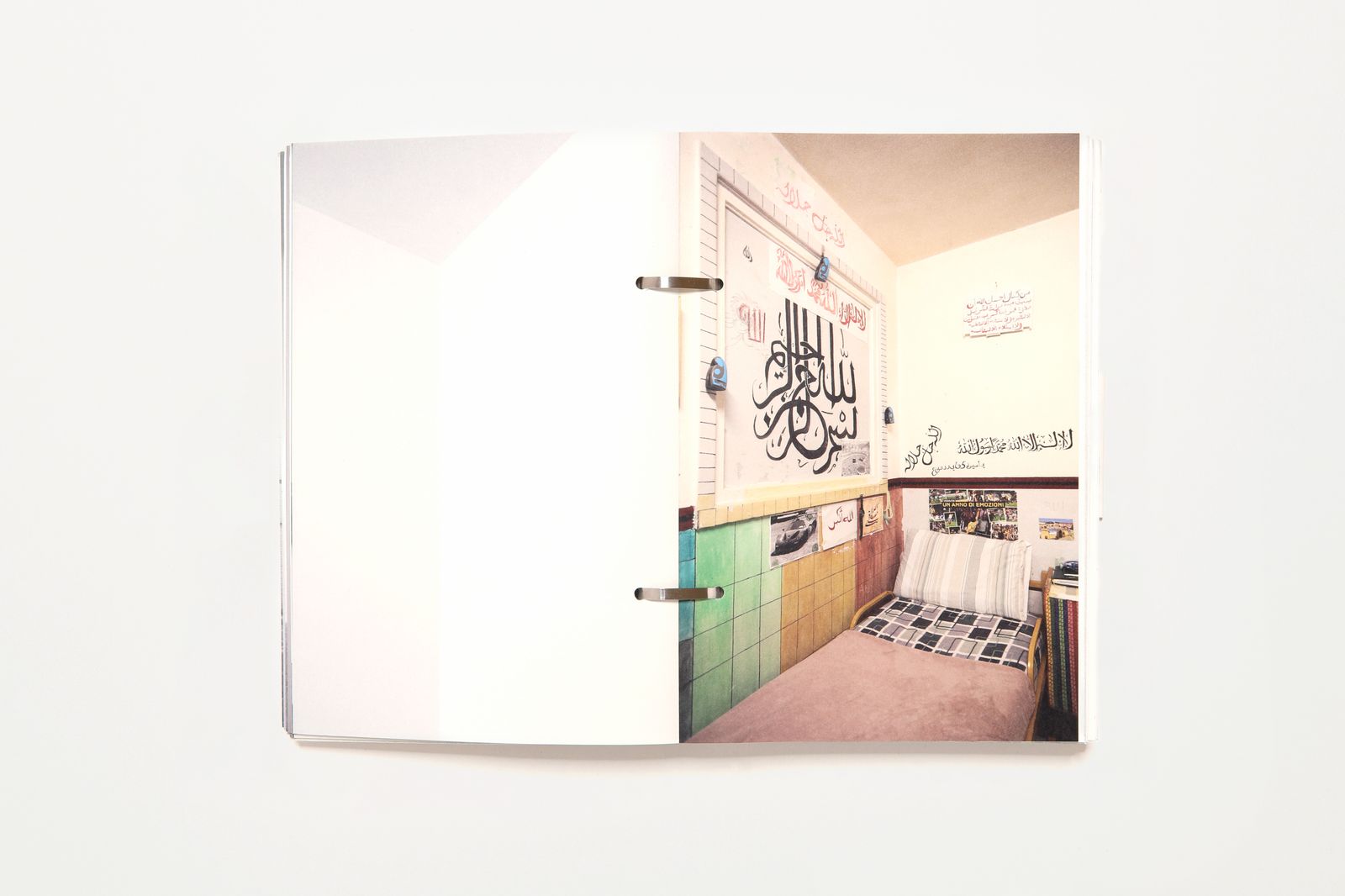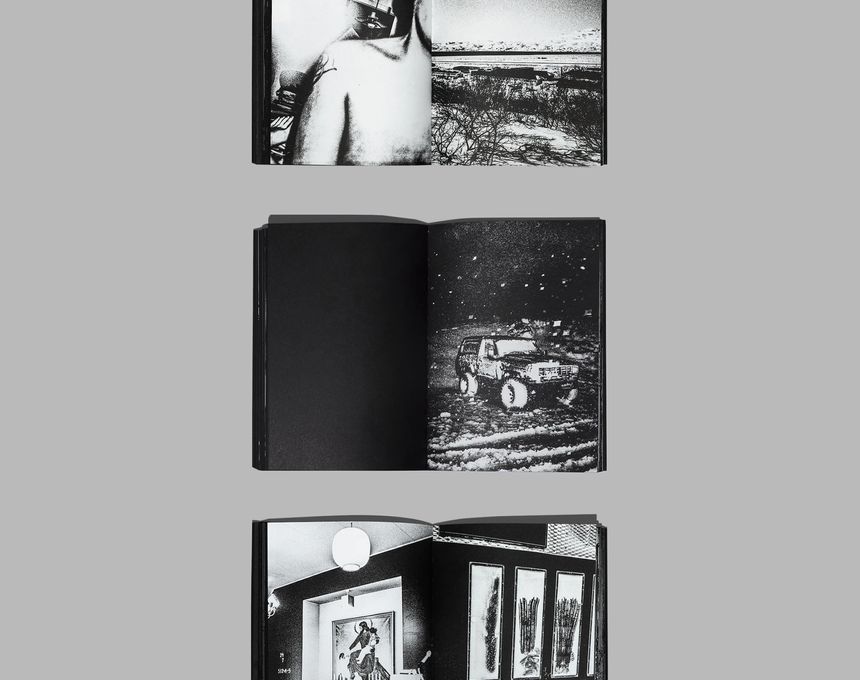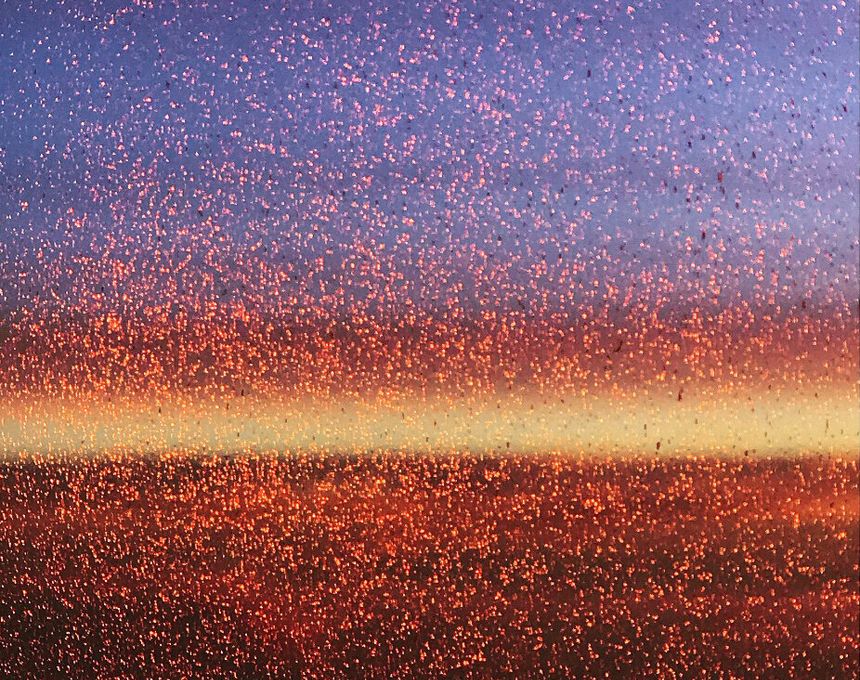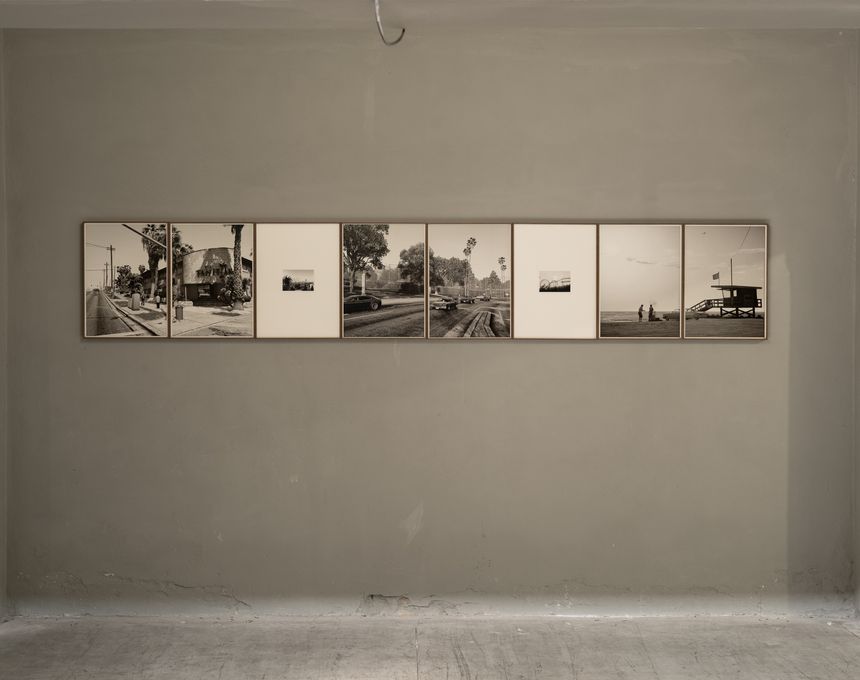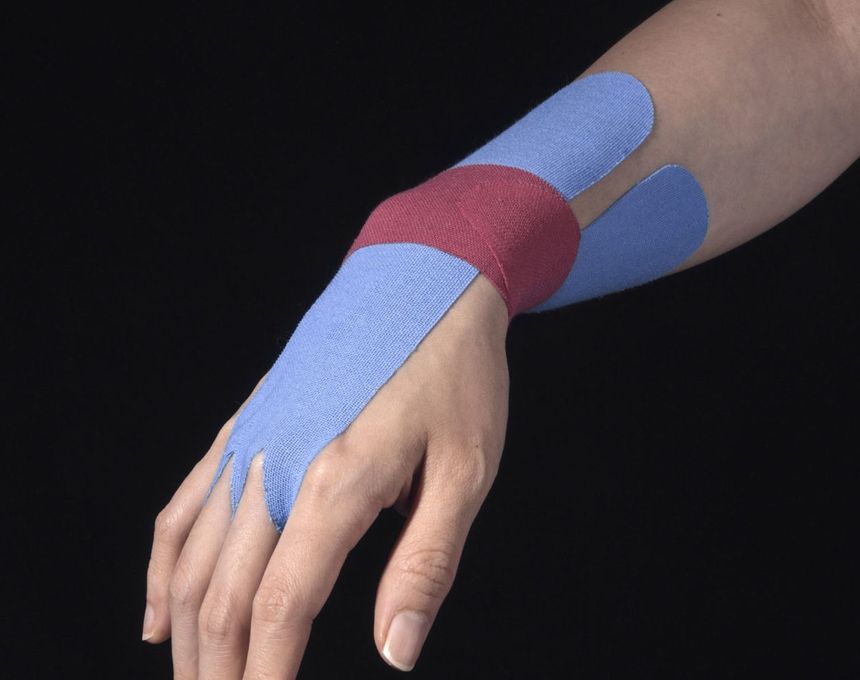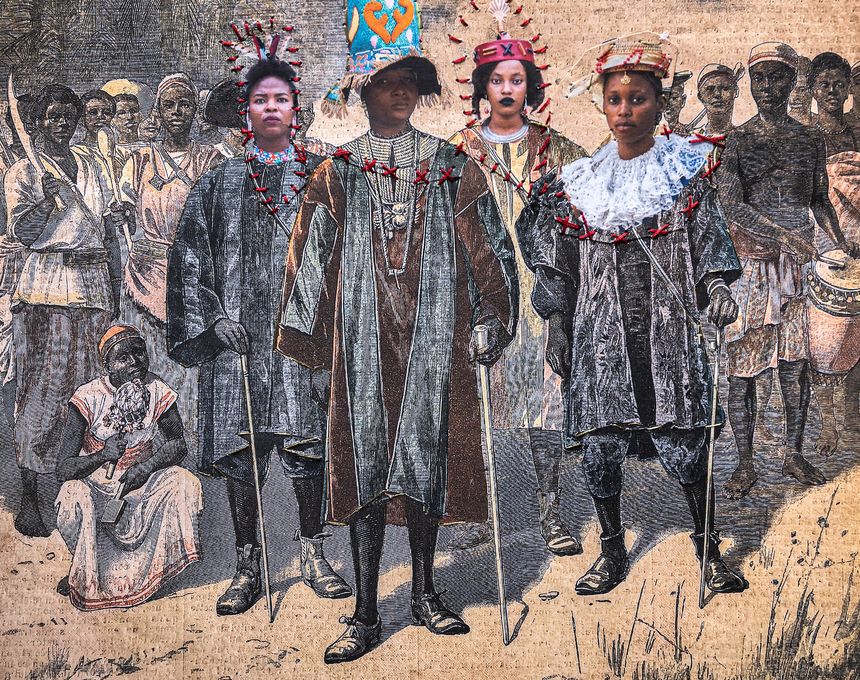Nicolò Degiorgis on Prisons, Museums and Other Places
-
Published30 Apr 2022
-
Author
The simplicity of the book is embedded in the process. Degiorgis had worked in both the prison (where he made the brilliant Prison Photography) and the museum before. It made sense therefore to put the two together.
With the blessing of the both the museum and the prison director, he began photographing the interiors and exteriors of both buildings. And then he made this book.
The book starts with texts by the directors of the two institutions. They are short texts that are economical, highlight key ideas, and link to the images. The director of the museum (built in 2008), Letizia Ragaglia, talks about ‘heterotopias’, places that are ‘other’, and diptychs that ‘…are at once public and private, cultural and functional, creative and confining.’ She recognizes ‘…the environments of the museum end up recalling a place of imprisonment while the colourful spaces of the prison almost turn into paintings for an exhibition.’
The director of the prison (built in 1870), Anna Rita Nuzzaci, writes about the humanity she found in the prison despite being a place ‘…about which nothing is normal and where the passing of time is marked by the counting of the inmates and the beating of the bars…’ and her first reactions of entering an aged building and being ‘…struck by the dim light and dated furnishings.’
As with all of Degiorgis’s publications, the book is an object in itself. It’s a block of a book bound by wire strips that run through metal eyelets on the cover, with a belly band that shows stylized images of the museum on one side, and the prison on the other.
The images start with photographs of the exterior, the sleek modernist lines of the museum on the left, the dilapidated façade of the prison on the right, the bars of the cells standing out against walls that are spotted with inexpertly applied plaster filler.
So far, so White Cube. And that theme of the inhumanity of the museum touched upon by its director continues throughout the book. In pairs of images showing ladders leaning against walls, radiators, doorways, storage cupboards, office tables, flat screen TVs, or washbasins, the museum interior is stripped bare, while the prison carries layers of history in the paint splashes, the worn-out walls, the scratches on the door, and the general wear and tear of over 150 years of prison history. But there are also human touches with posters, blankets, pictures, and tender touches that soften at least some of the prison edges.
There is a lot happening here, and an additional narrative layer is added by the way the paper is cut. Some spreads extrude from the face of the spine which feels almost jagged to the touch. Flick the pages from the back and you see only the blank pages that divide different each spread of the book. Flick it the other way and the flick is jagged, taking you to key spreads; a blank museum fire door in a blank museum corridor facing a barred metal prison door in a cell with a checked blanket, a striped table covering, and a picture of Jesus.
Prison Museum is a brilliantly conceived photobook, one where the images, the sequencing, the choice of paper, even the cutting of paper are part of a story which is both cerebrally and emotionally touching.
So perhaps the final word can go to the prisoner who (in a previous project by Degiorgis) wrote these words.
Fuck Prison
and the system
The same doors
The same gates
The same living
I hate long keys
---------------
All photos © Nicolò Degiorgis
---------------
Prison Museum
Edition: 1000
Format: soft cover
Size: 16 x 24 cm
Pages: 440
---------------
Nicolò Degiorgis (1985) grew up between the borderlands of Trentino-South Tyrol (I) and Ticino (CH) before taking refuge in the arts to escape from identity and linguistic constraints. His works comprise books, photos, collages, videos, maps and documents that chart conceptually the territory and the communities where he lives. His books have been awarded the Author Book of the Year at the Rencontres d’Arles (2014), the Aperture Paris Photo First Book Award (2014), Gold at the German Photobook Awards (2014), the Italian Photobook Award – Premio Bastianelli (2018) and the Historical Book Award at the Rencontres d’Arles (2018).
Colin Pantall is a photographer, writer and lecturer based in Bath, England. His book, All Quiet on the Home Front, focuses on family, fatherhood and the landscape. Follow him on Twitter and Instagram.
